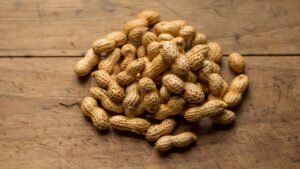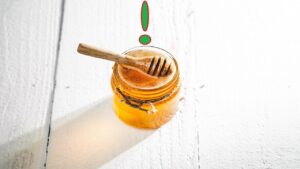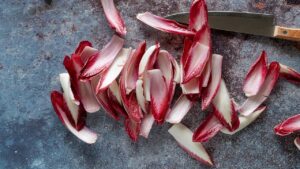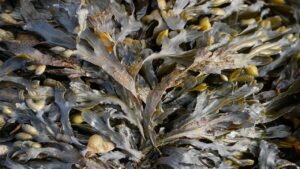Few People Know that the Fig is Not a Fruit: Here’s What it Really is
If you thought that the fig was a fruit and have always considered it as such, you are mistaken. This statement may seem strange and surprising, but today you will discover its true nature.
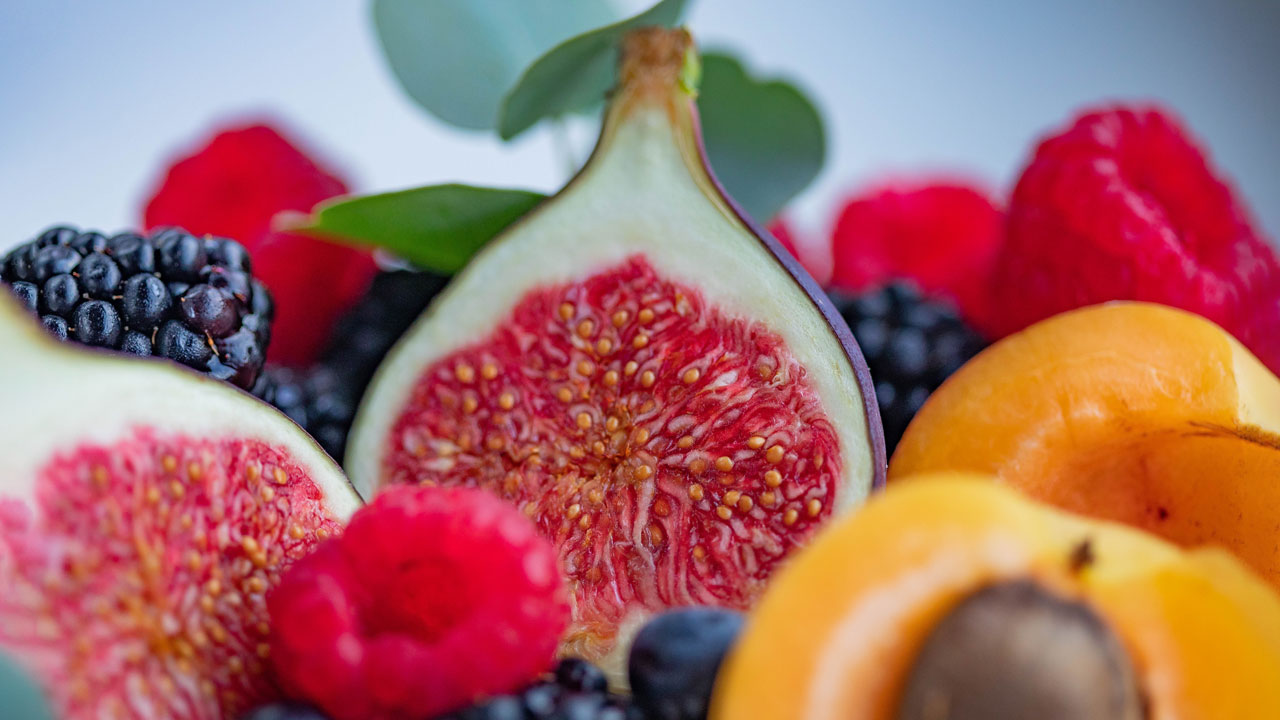
What is a Fig
The fig, cherished globally, is a familiar and beloved fruit. However, surprisingly, it’s not exactly a conventional fruit; rather, it’s an “infructescence“. An infructescence is a structure that forms from a cluster of flowers. This signifies that what appears as a single fruit is, in reality, a collection of many small fruits known as achenes.
Figs stand out due to their distinctive growth process. In reality, the flower of the fig is inside the fruit itself and is distinguished by a small opening called an “ostiole“. This unique trait categorizes figs as “synanthropic” fruits, where flowers develop within the fruit structure.
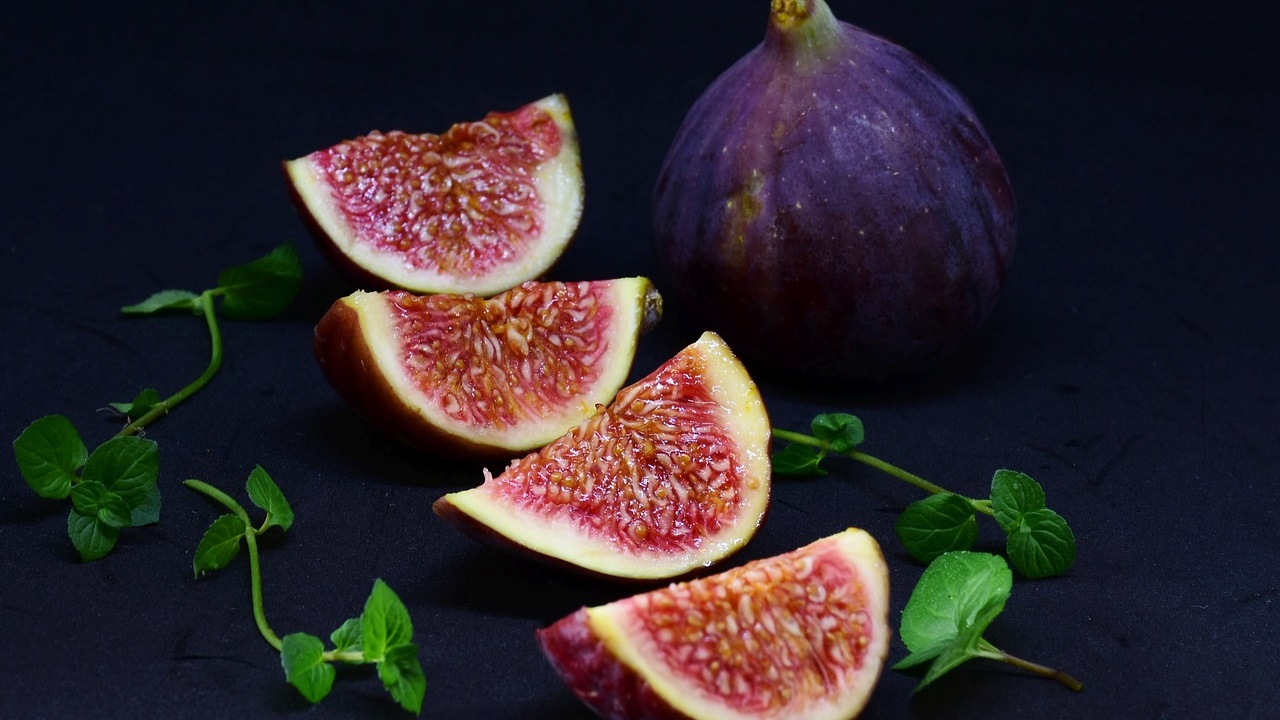
The infructescence of the fig is an oval shape with a fleshy texture. Its skin displays a range of different colors, spanning from pale green to deep purple, containing a sweet and juicy pulp. Bursting with sugars, vitamins, and minerals, the fig’s pulp is a nutritious and healthful delight.
These unique fruits can vary in shape, size, and color based on their variety. They are an excellent source of fiber and contain significant nutrients like vitamin B6, potassium, magnesium, and manganese.
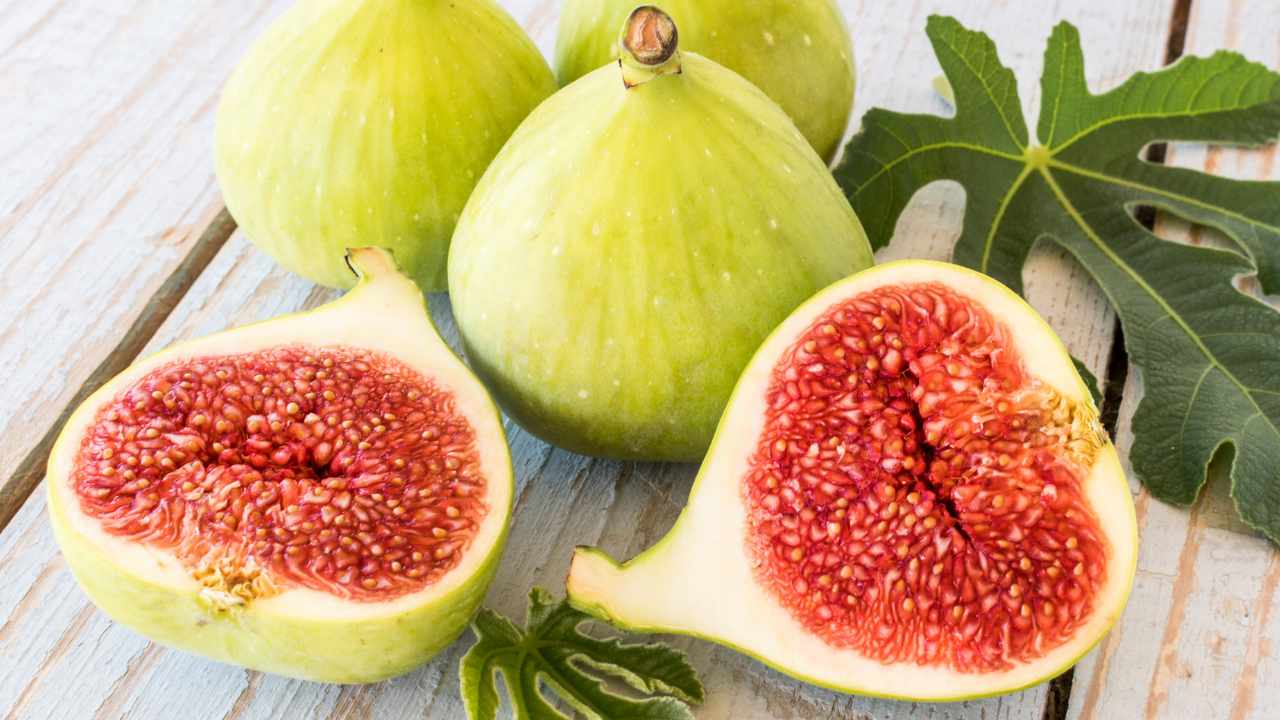
Beyond their health benefits, figs have multiple uses in cooking. They can be enjoyed fresh, dried, or cooked, finding their way into sauces, jams, desserts, and various other preparations. Additionally, they are often used to make fig honey, a sweet and aromatic type of honey that is derived from their juice. This cherished honey is adored for its sweet flavor and finds its way into beverages, desserts, and even savory recipes, serving as a delightful natural sweetener.
